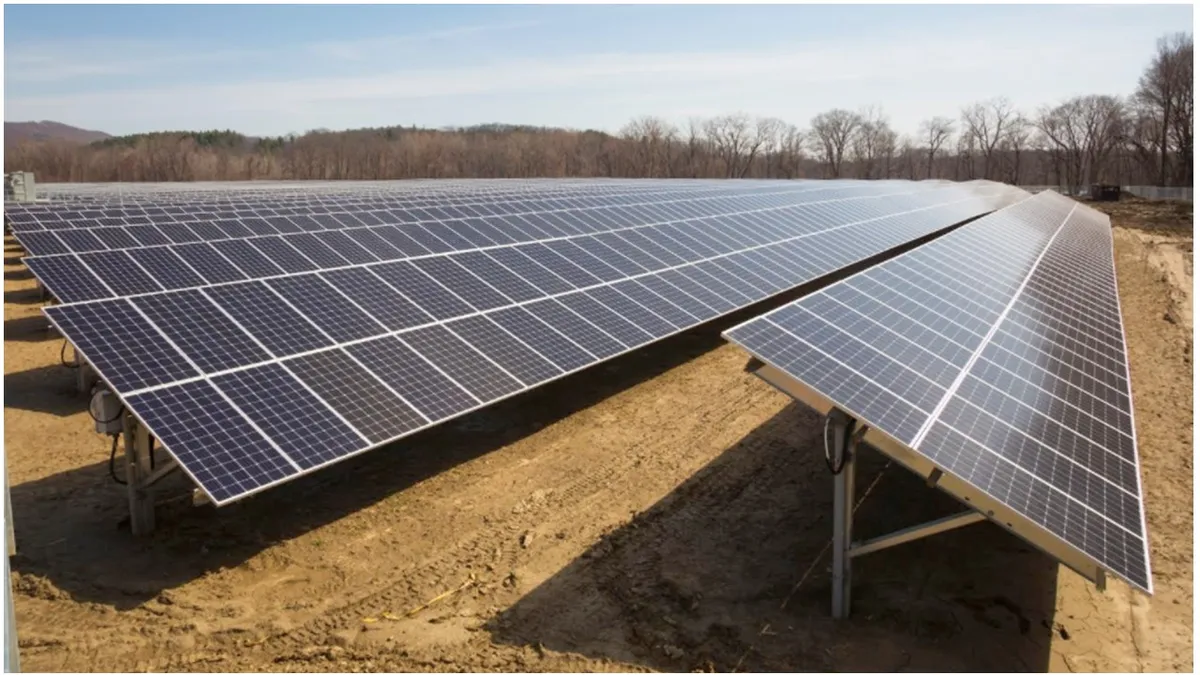Dive Brief:
- Xcel Energy Colorado filed an agreement Thursday to build a customer-sited 240 MW solar plant on the property of EVRAZ Rocky Mountain Steel.
- The landmark behind-the-meter (BTM) construction is part of a 22-year power purchase agreement, meant to allow the steel mill to expand operations in the state while the utility retires 660 MW of coal-fired generation in the surrounding area.
- The Colorado Public Utilities Commission will have to approve the deal. Xcel included the net metered solar facility in its Colorado Energy Plan Portfolio (CEPP).
Dive Insight:
As corporations prioritize renewable energy adoption, large energy users have opted for on-site projects.
Tech giants such as Microsoft and Amazon have announced the development of more clean energy resources to power their operations. Google's parent company, Alphabet, has committed to purchase more than 2.5 GW of renewable energy projects.
The steelmaker gets more than the benefits of a large net-metered solar system by locking in electricity prices through 2041 with Xcel, but customers statewide will also see benefits from the deal.
"As one of our largest customers, EVRAZ's move to renewable energy through this new solar project in combination with their ability to interrupt quickly will lower cost for other customers," Alice Jackson, president of Xcel Colorado, said in a statement.
The solar project is the largest behind-the-meter development made by a utility, according to PV Magazine. The project will be made along with developing 700 MW of new solar generation that Xcel Colorado proposed to buy in its 2018 CEPP.
Xcel's CEPP also calls for the statewide addition of 1,100 MW of wind, 275 MW of battery storage and the acquisition of 385 MW of existing natural gas generation.
The shift in generation will help retire two units of Xcel's Comanche coal-fired plant in Pueblo, Colorado about a decade early.
In January, the utility revealed results of a resource solicitation, returning some of the lowest renewables prices to date.
CORRECTION: A previous version of this story misstated the CEPP provisions. The 700 MW of new solar does not include the 240 MW project with EVRAZ.














